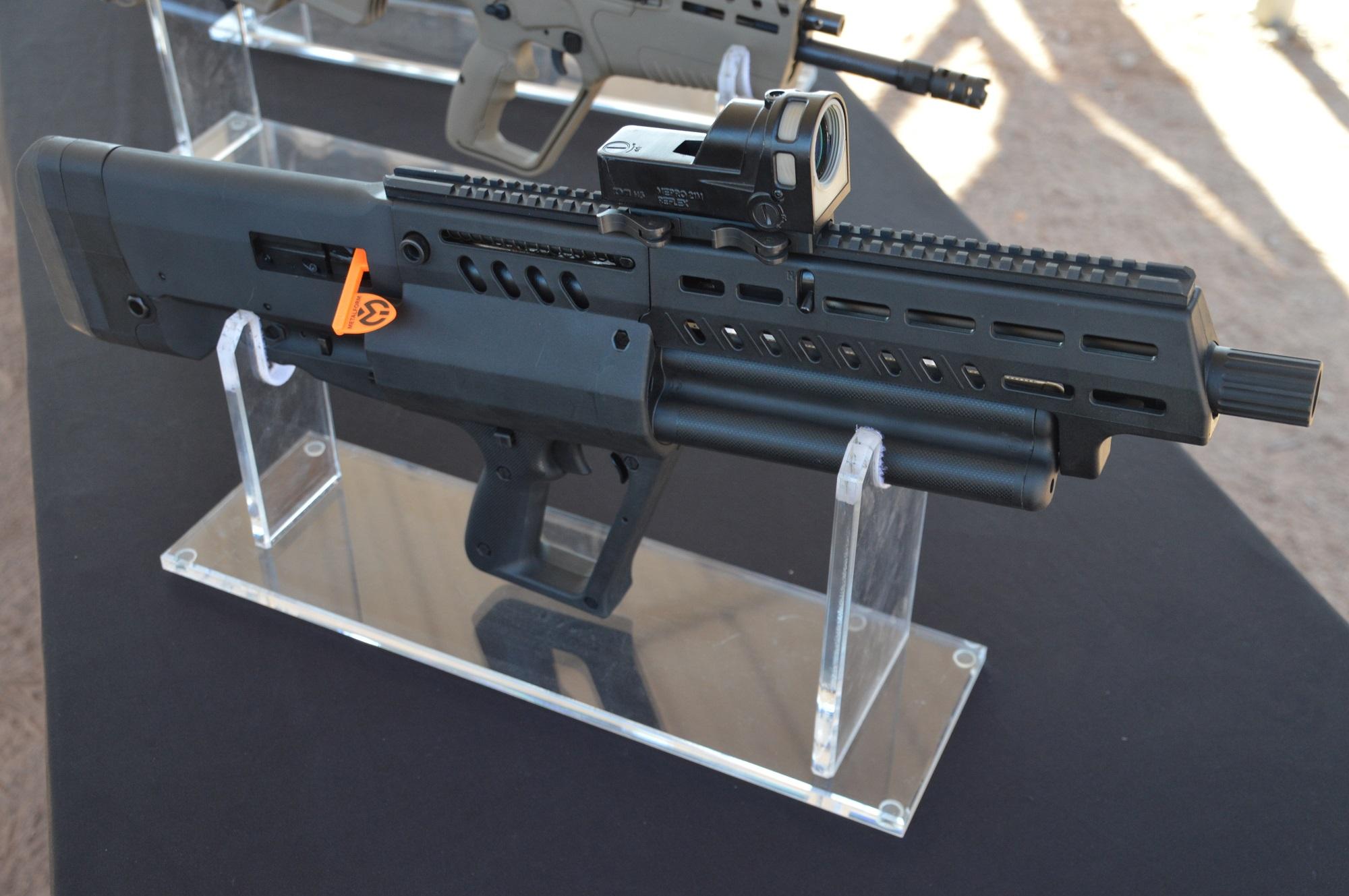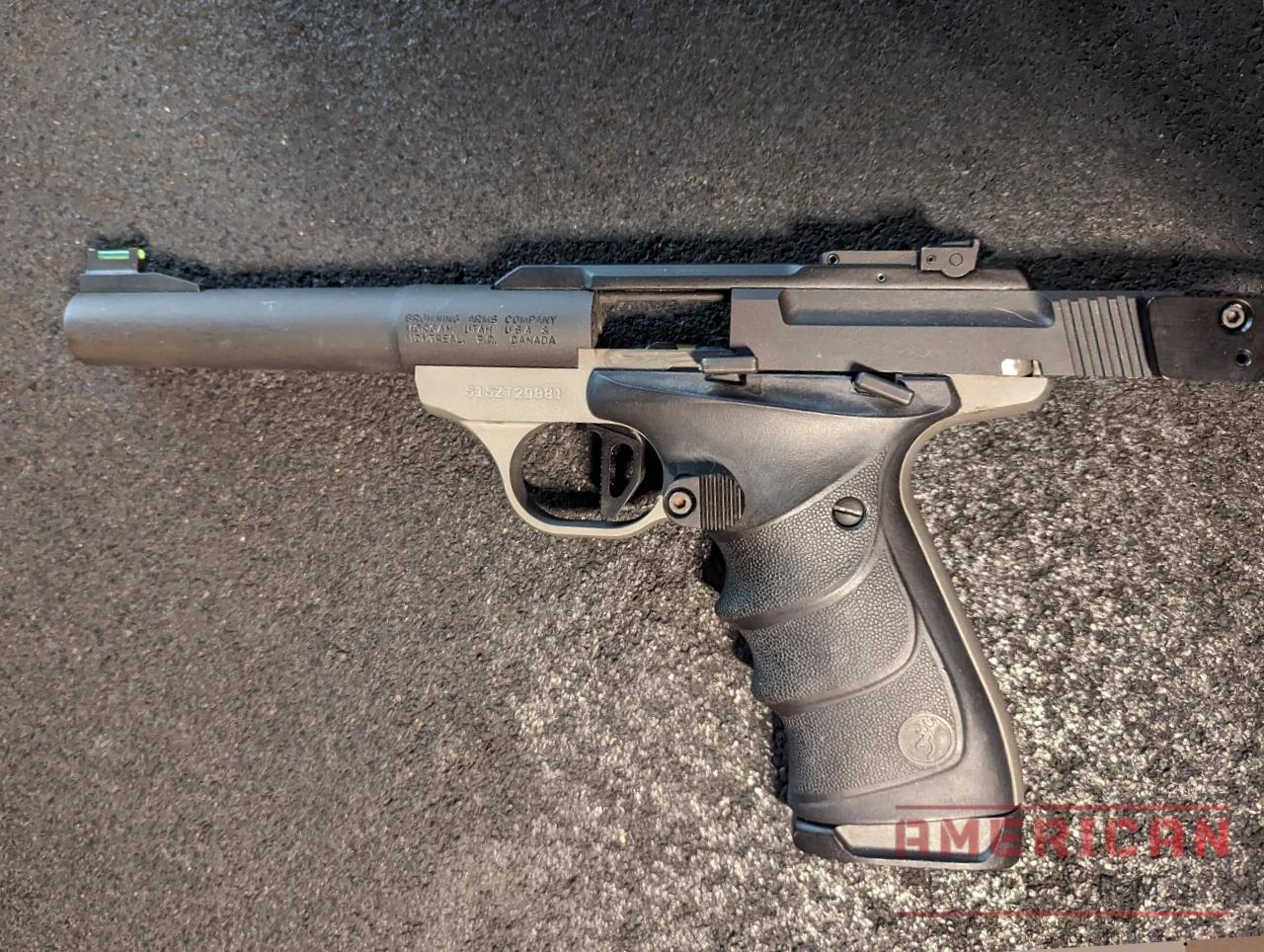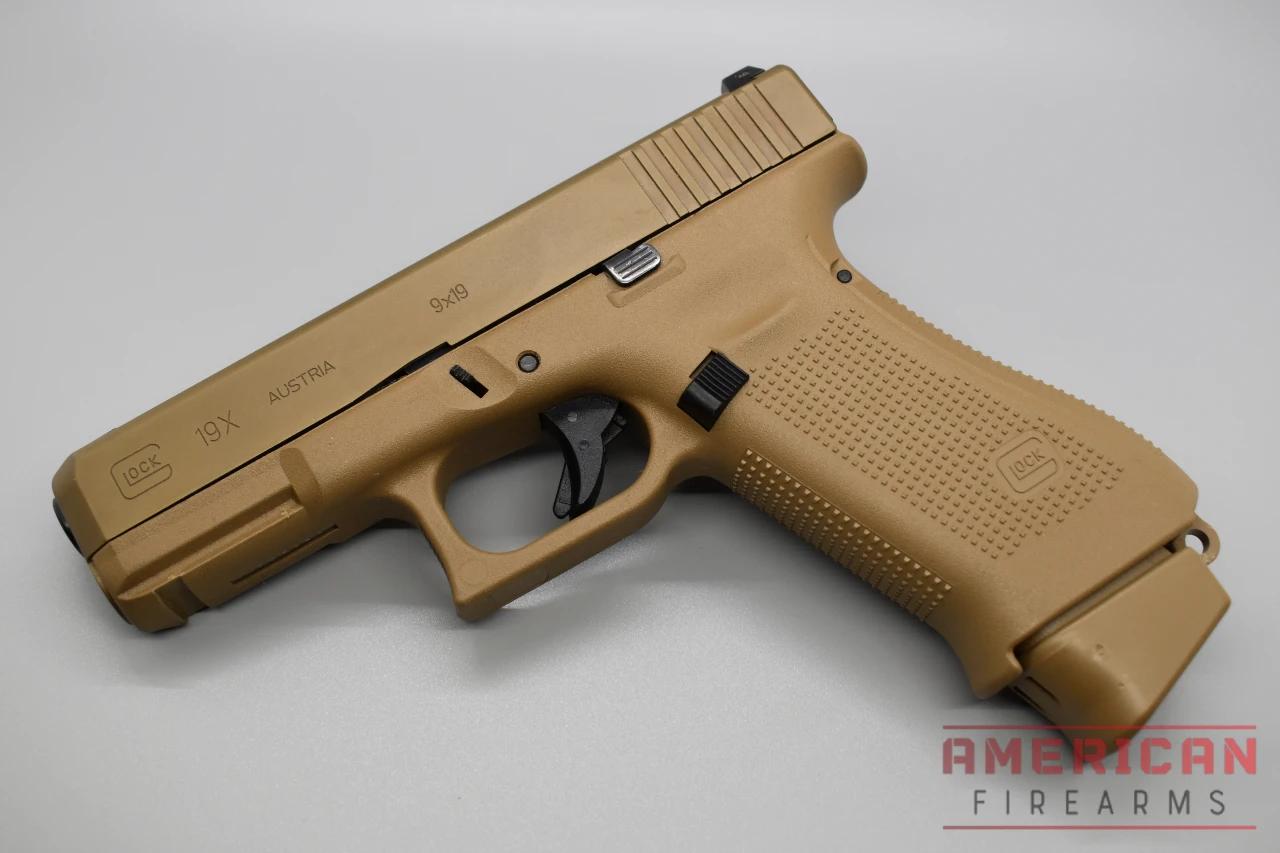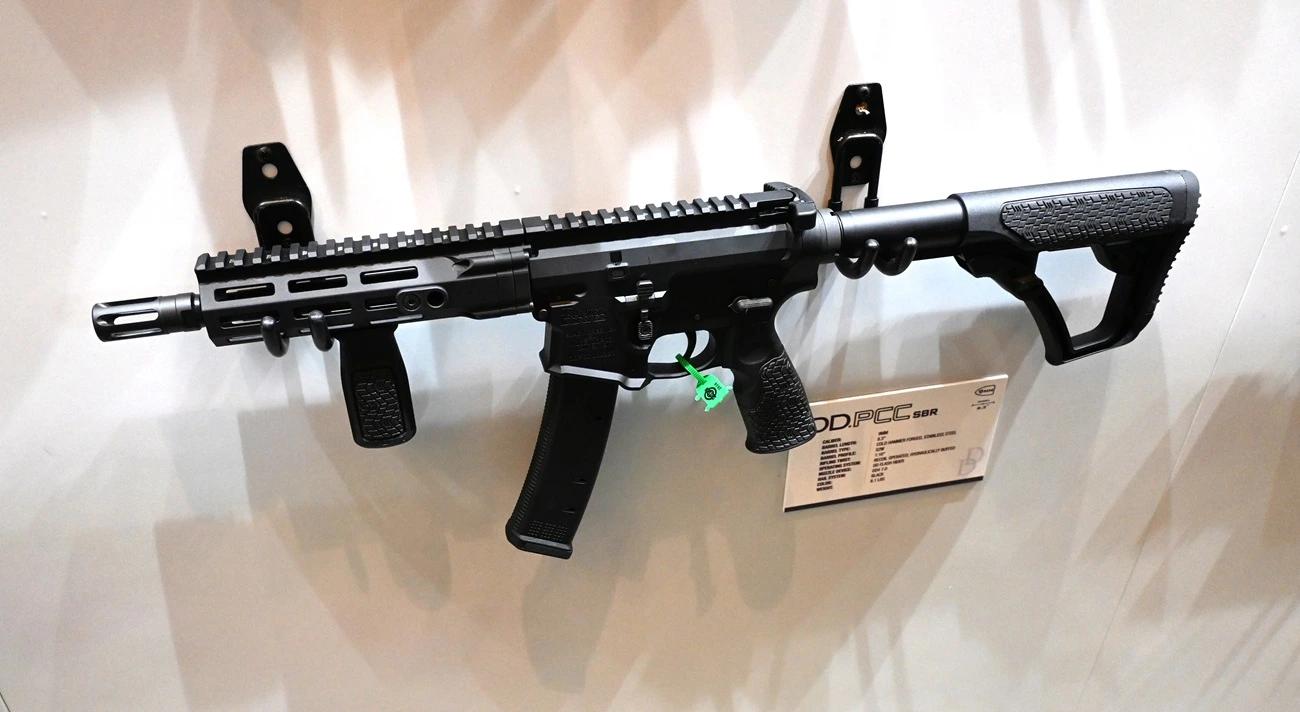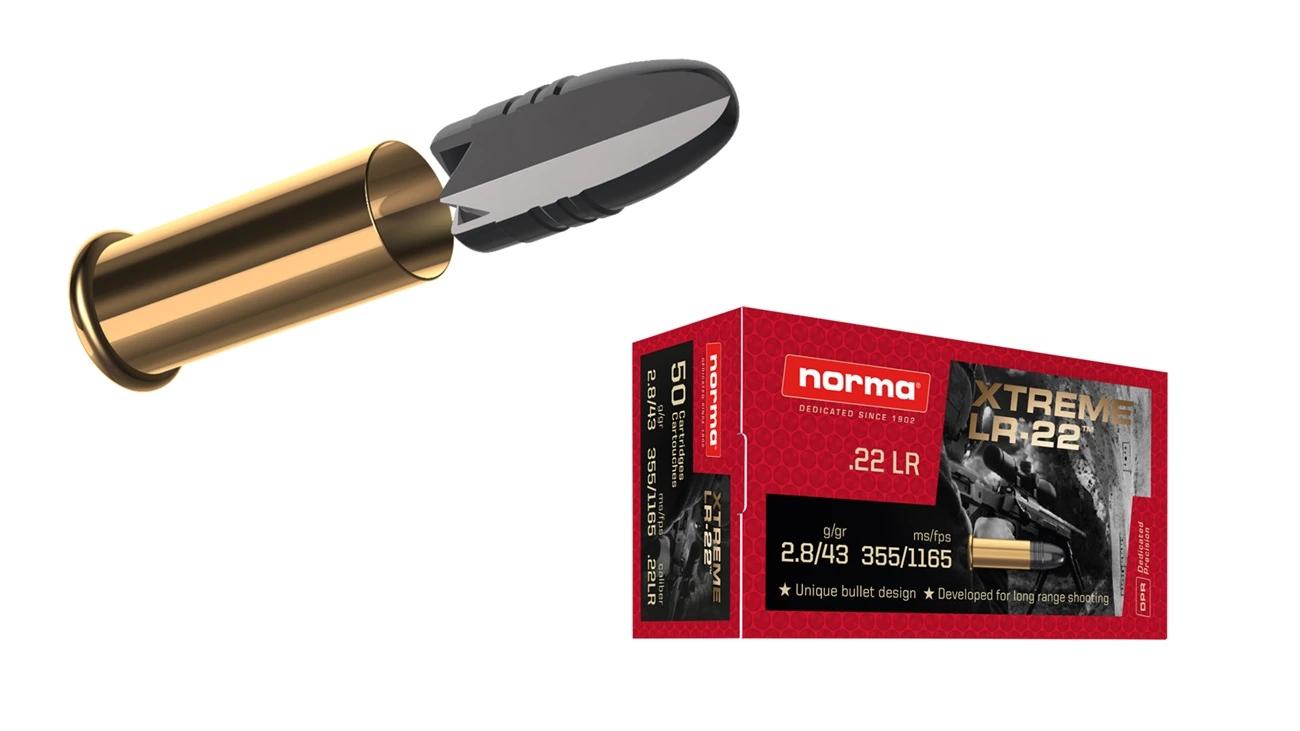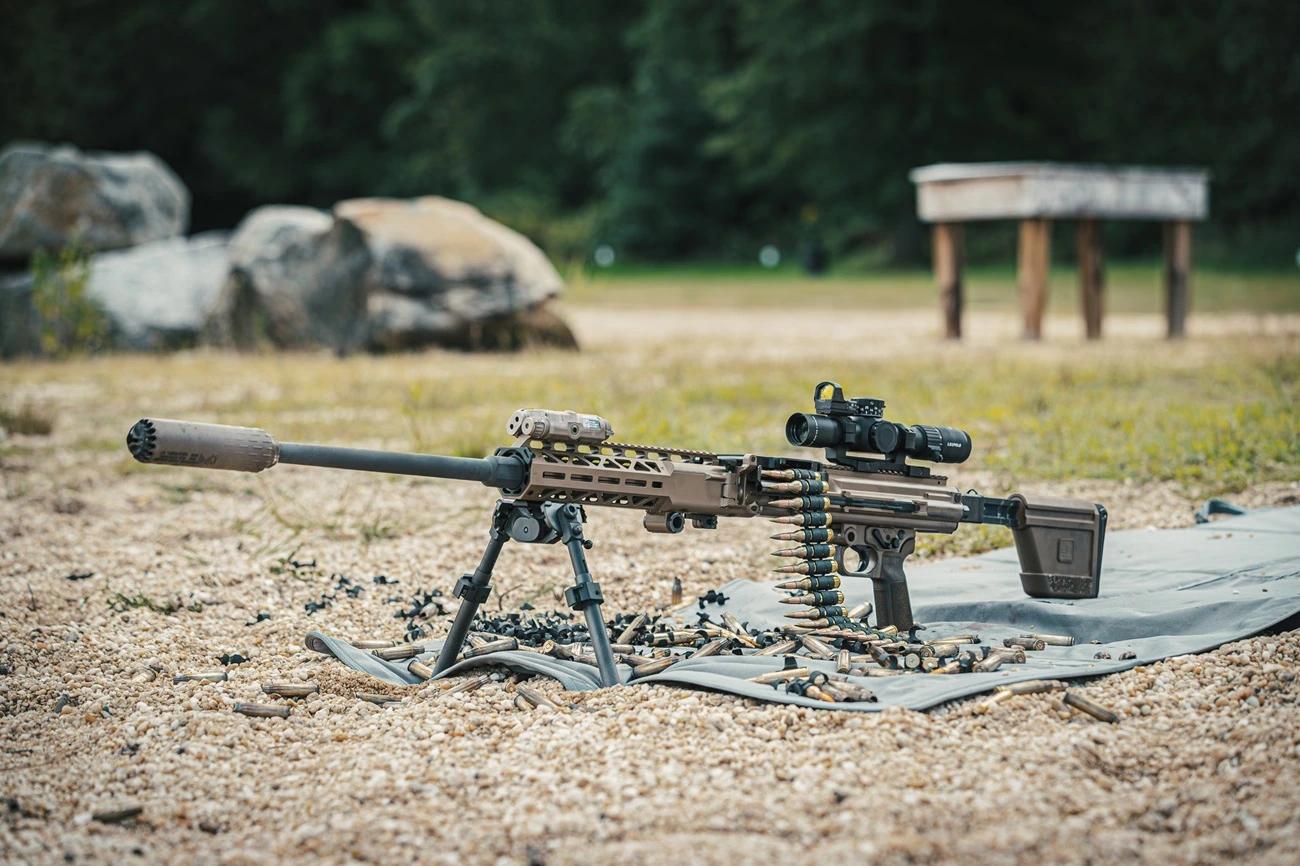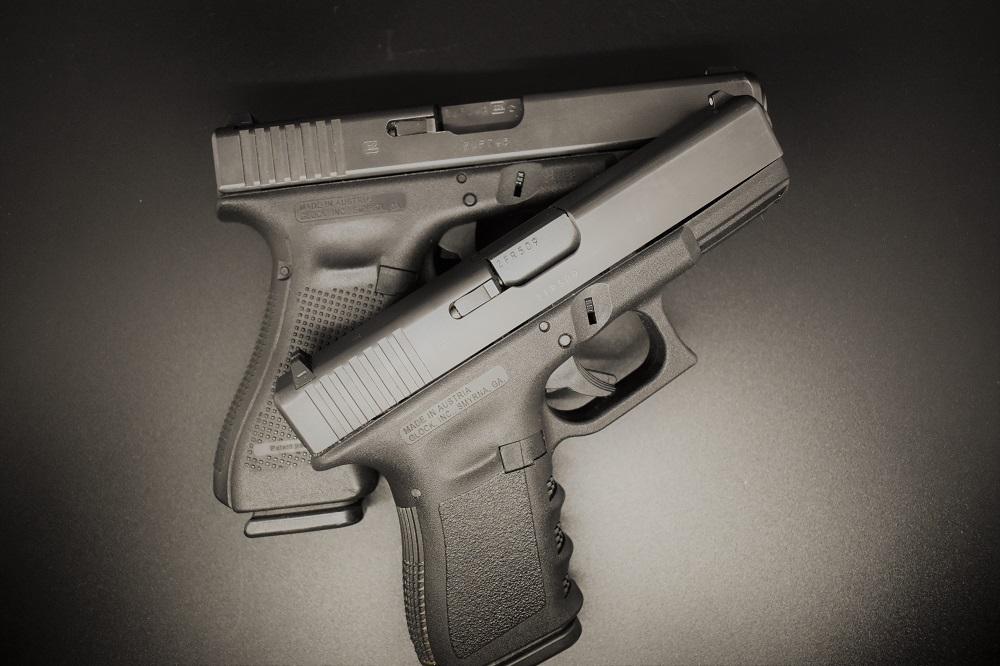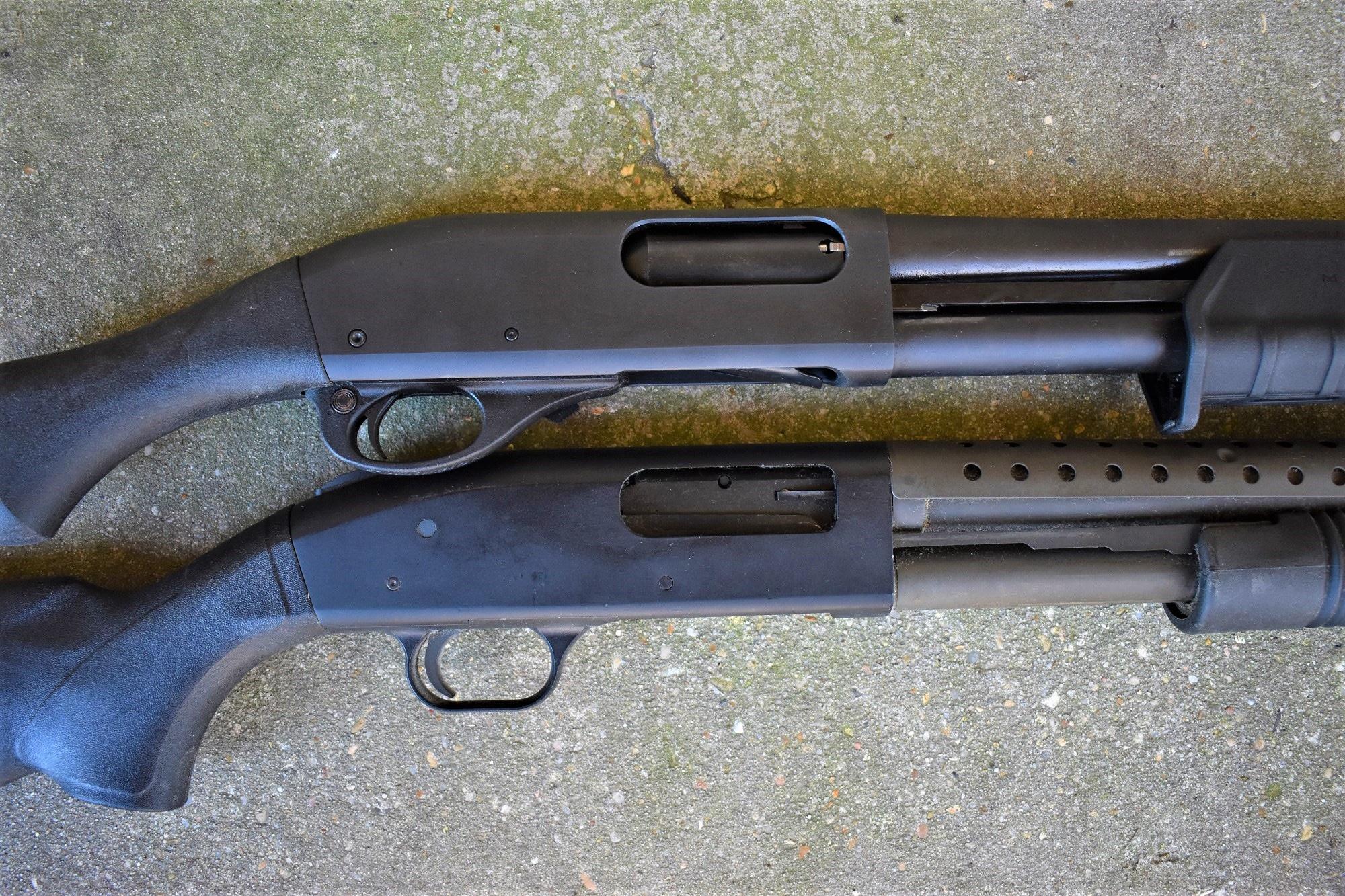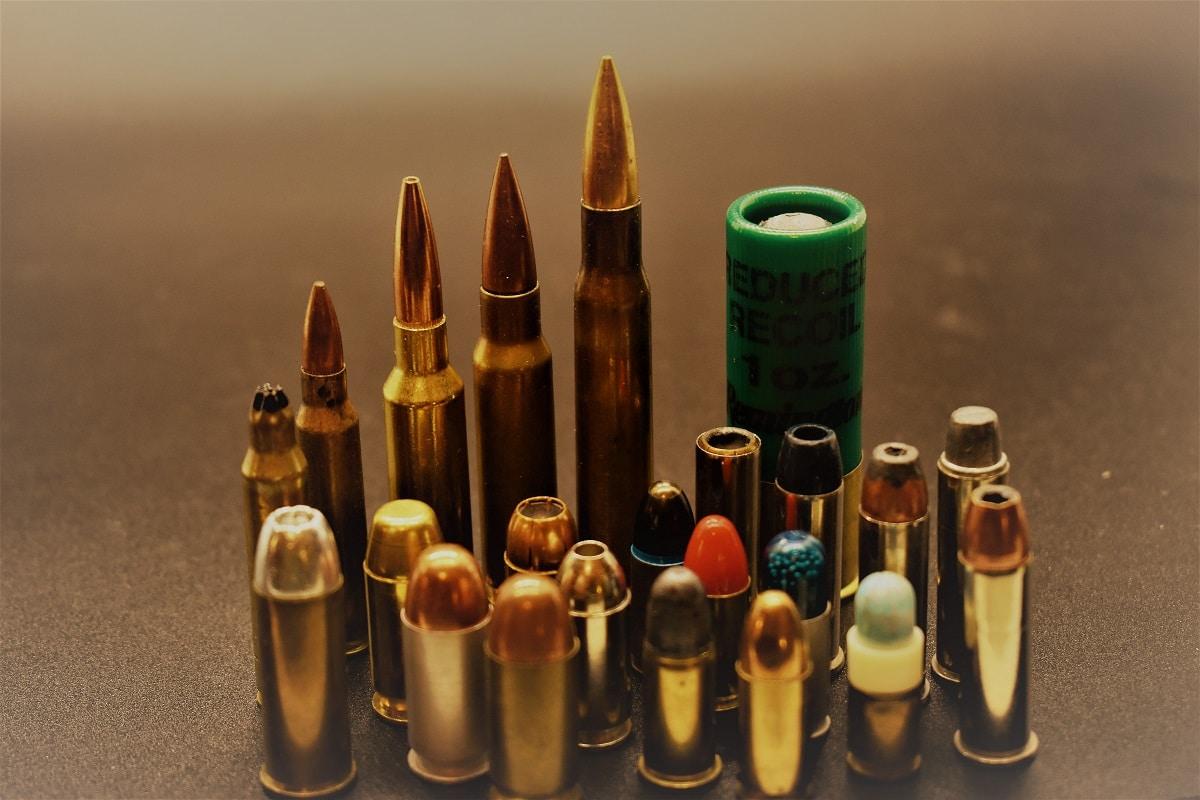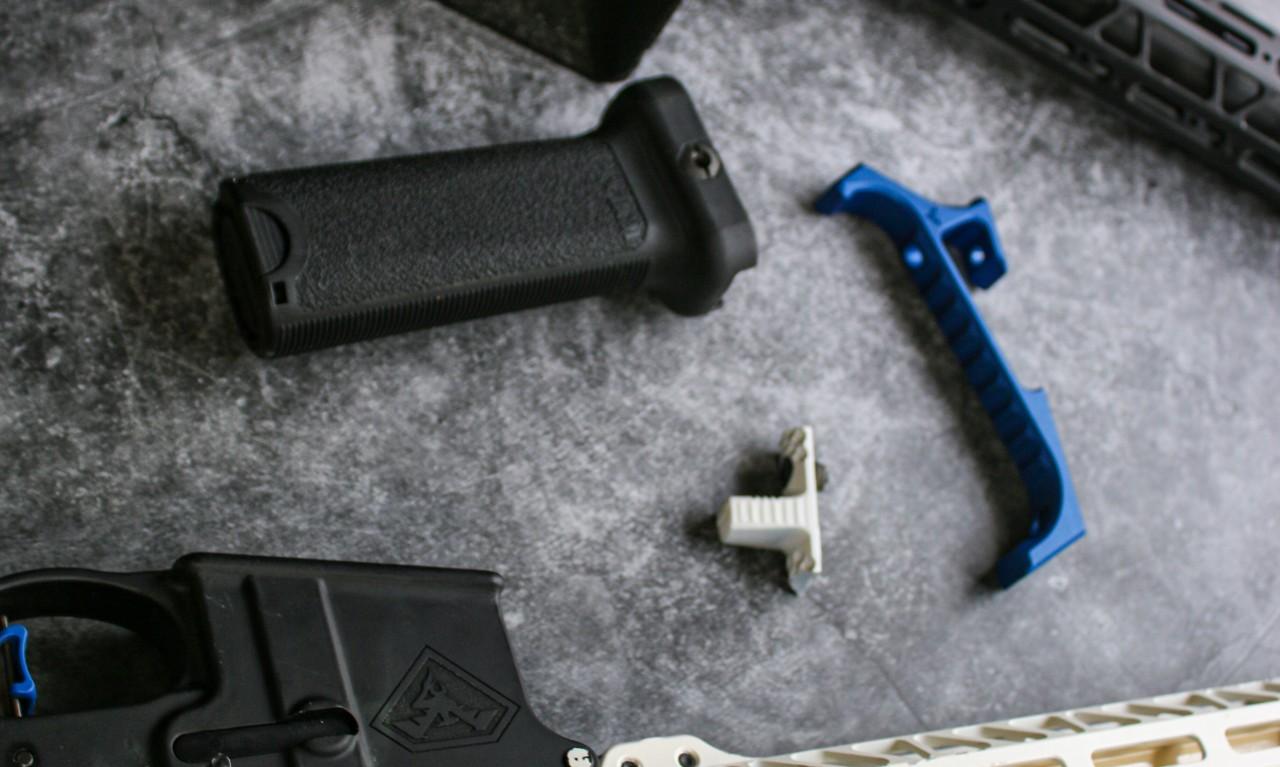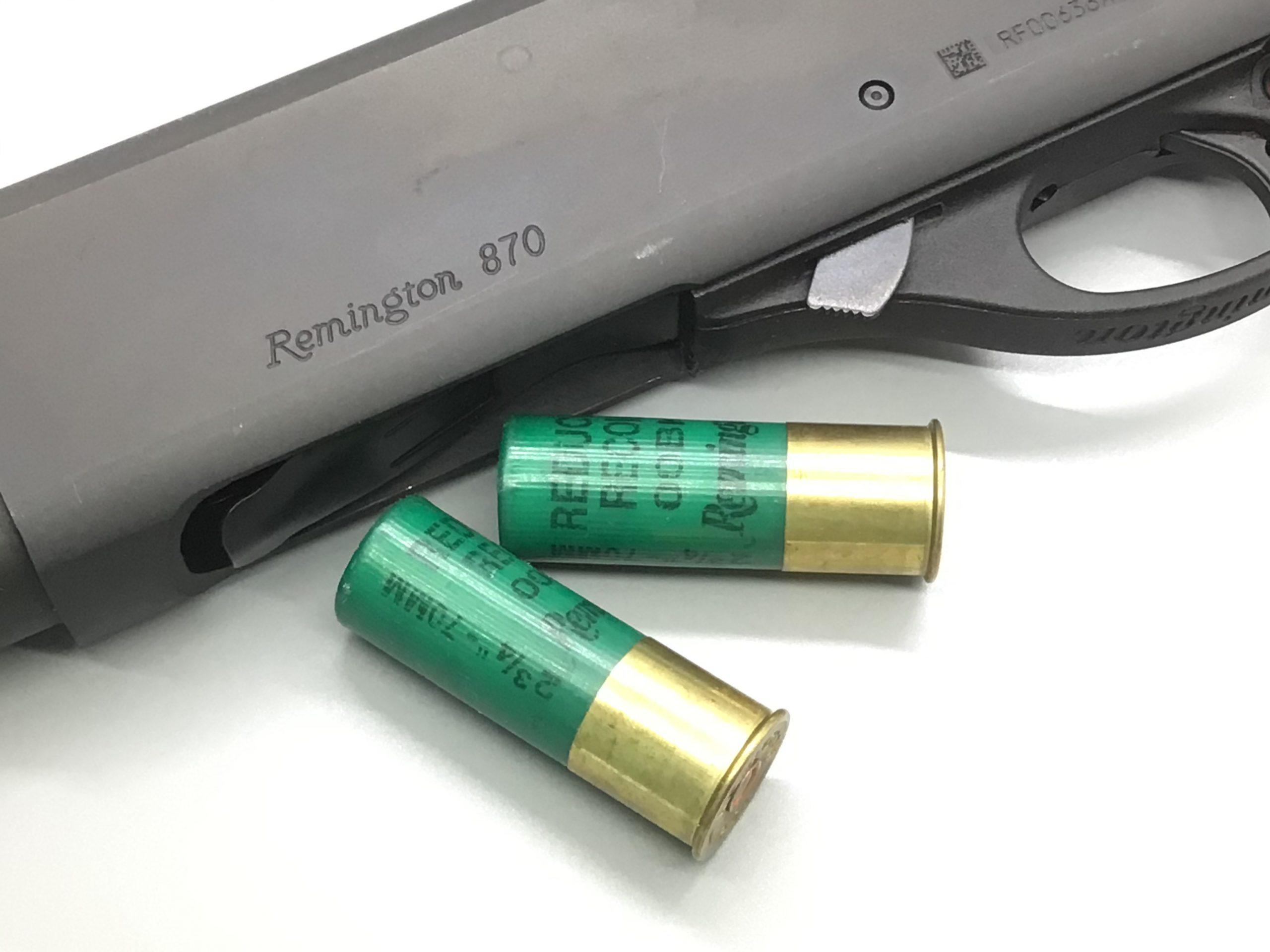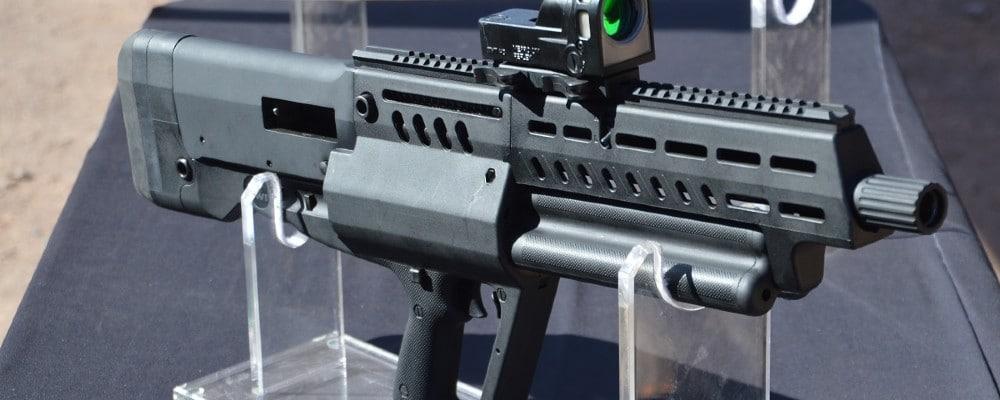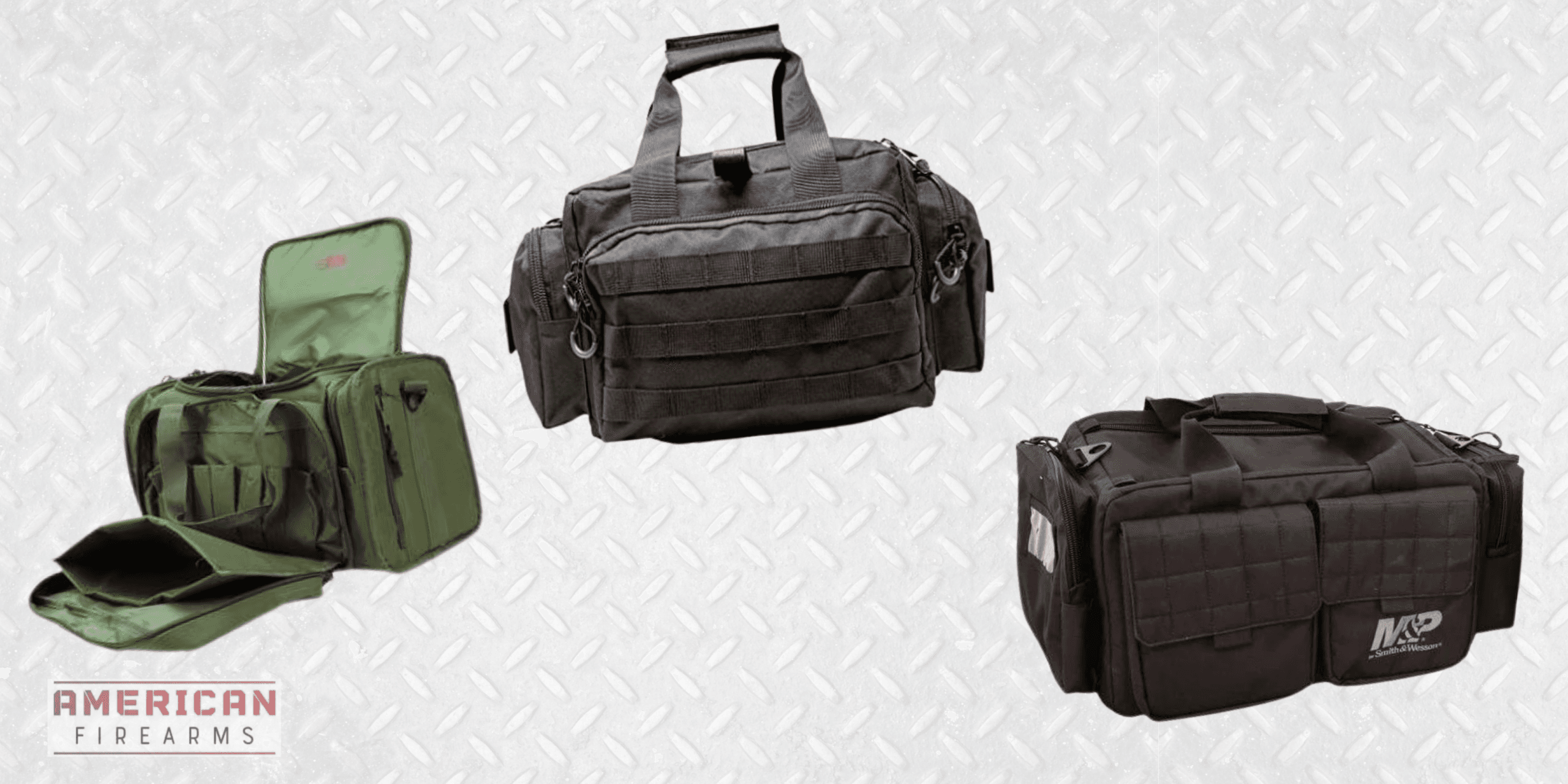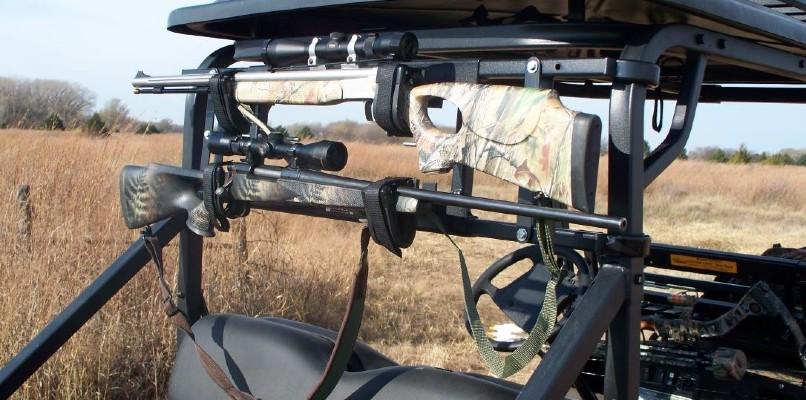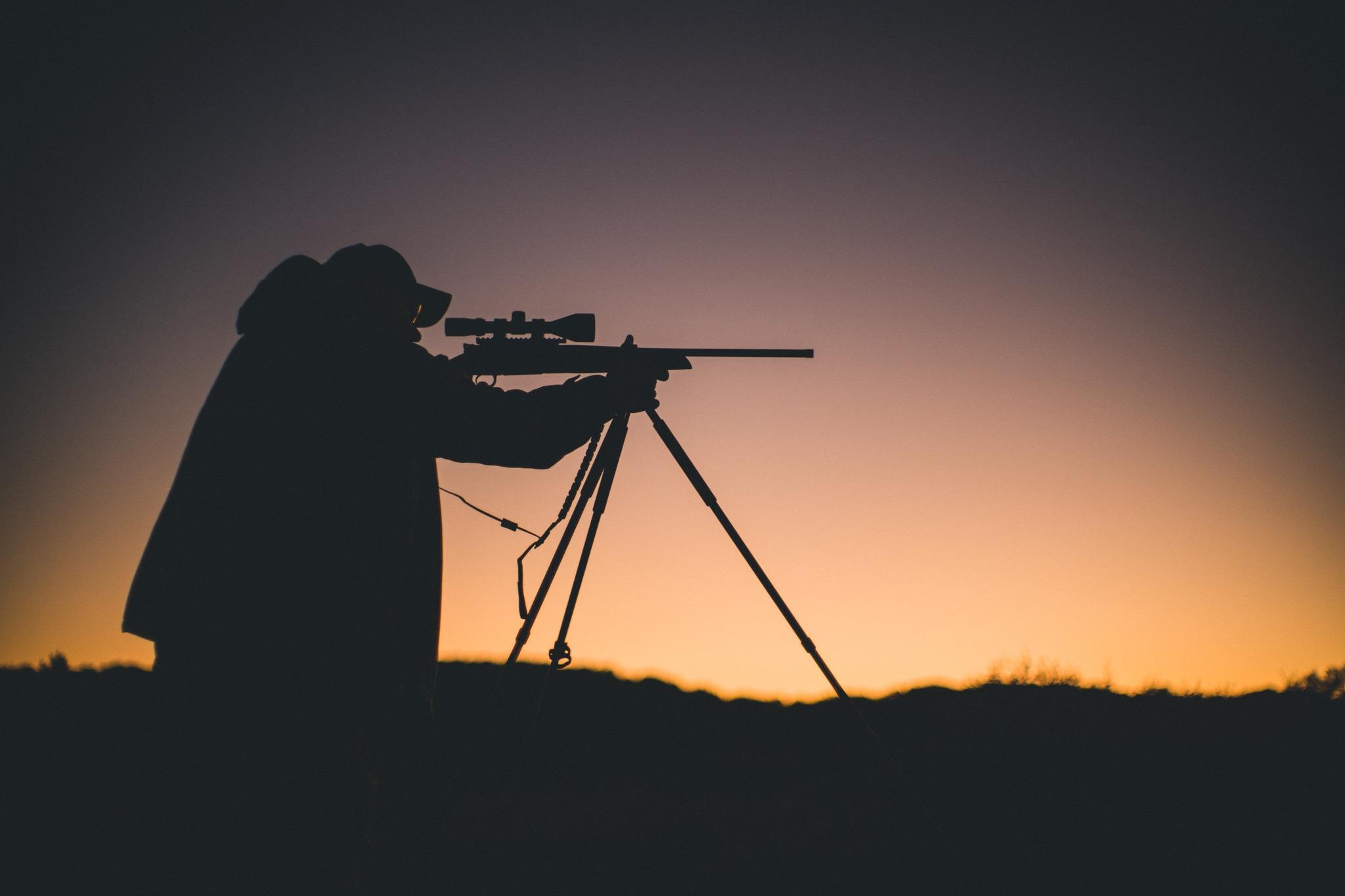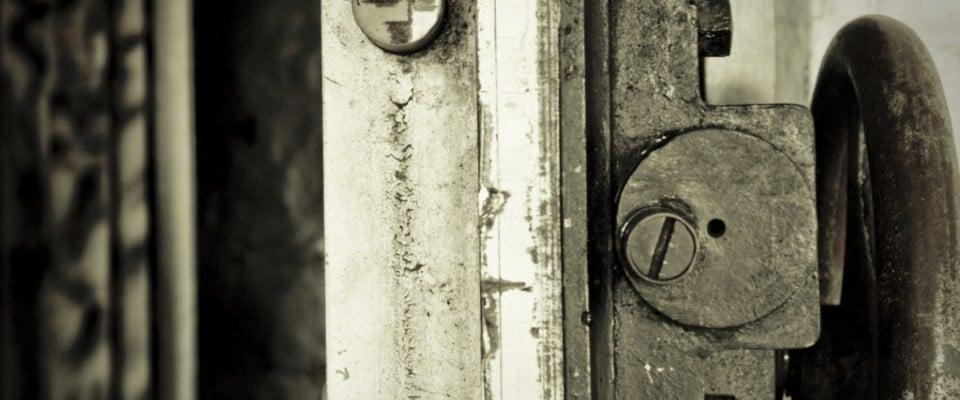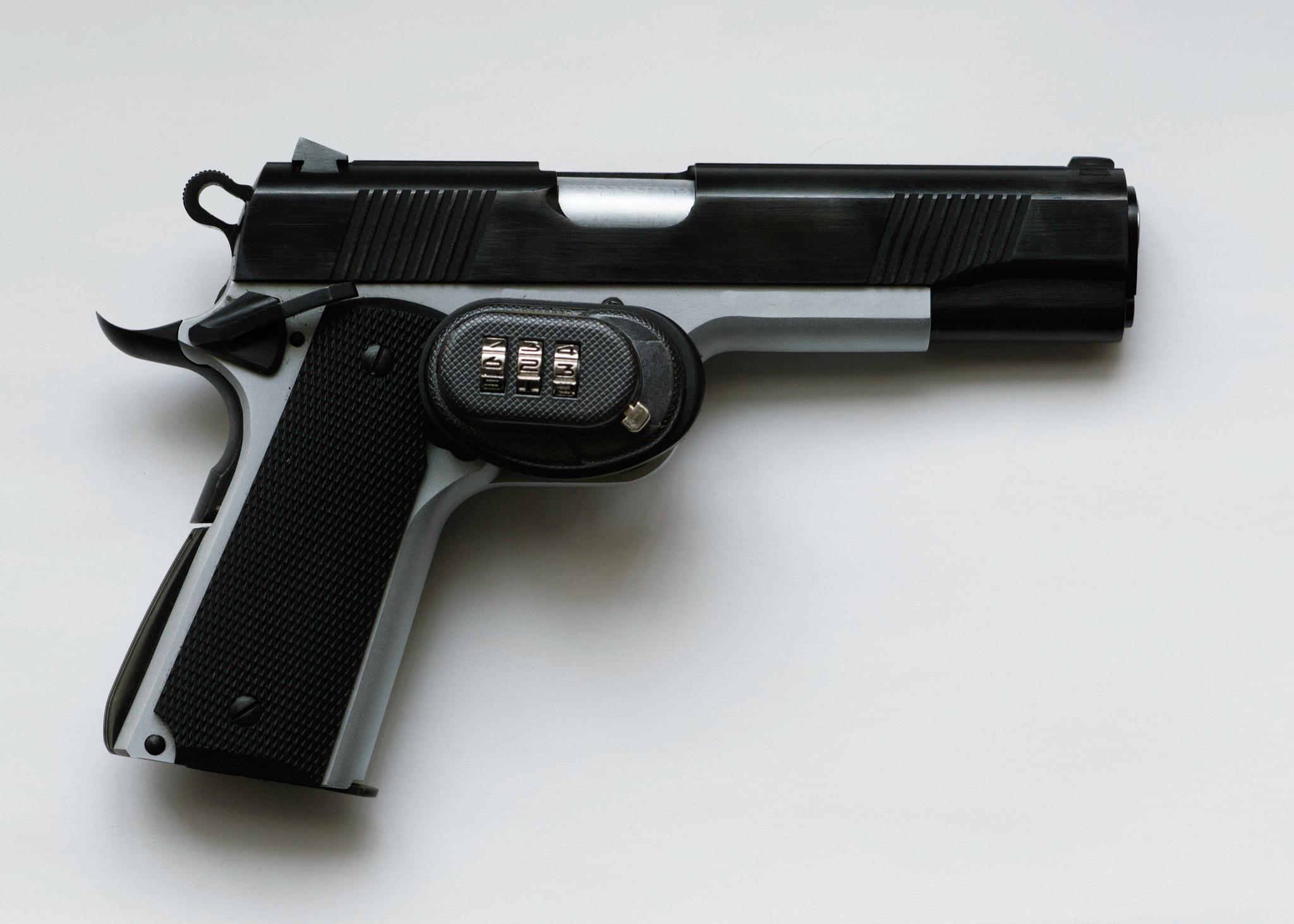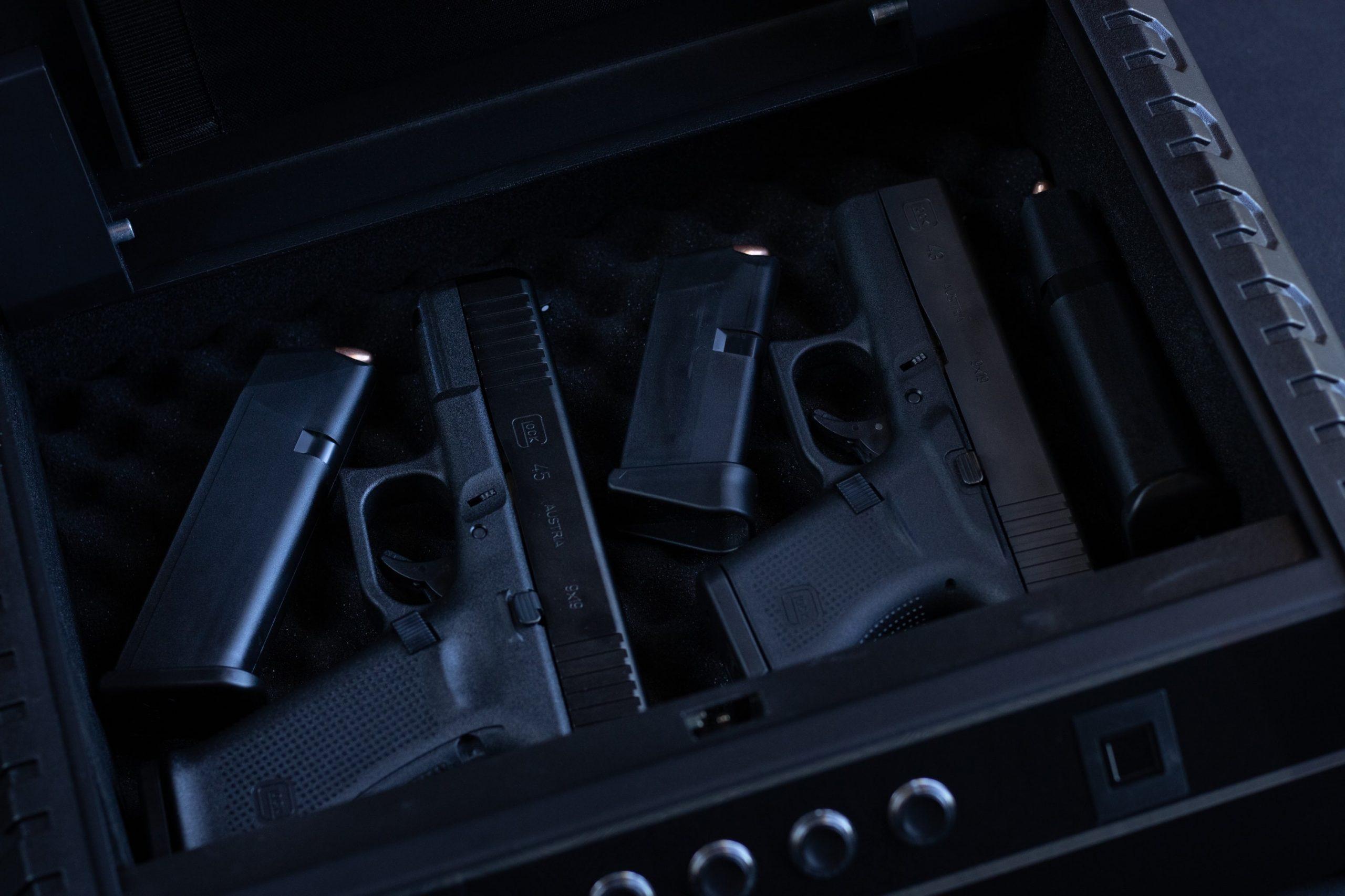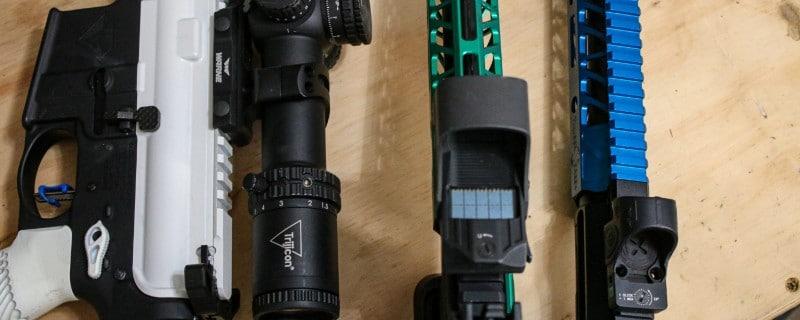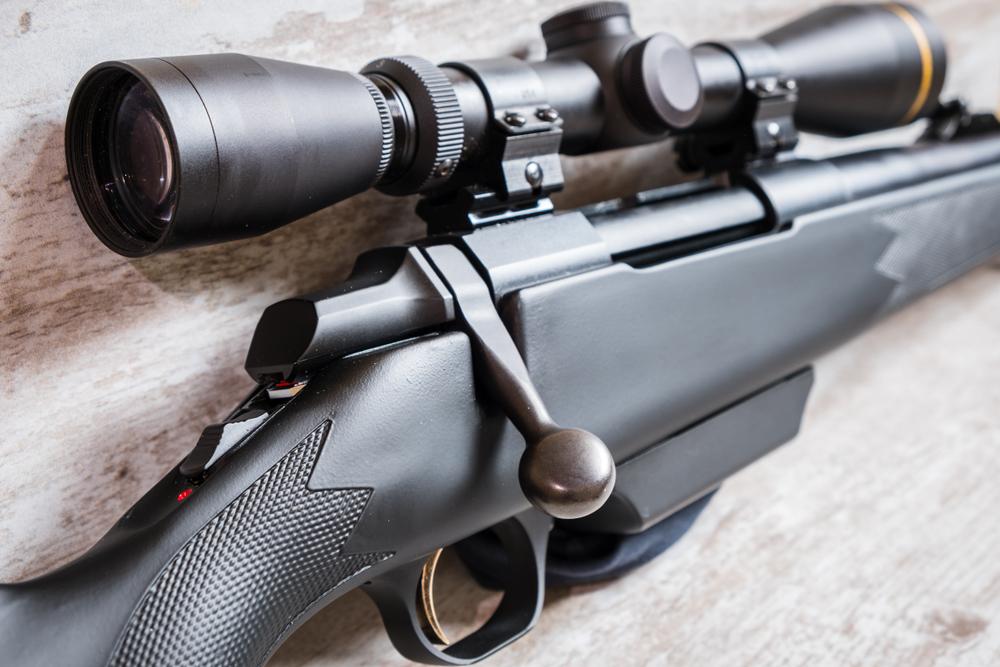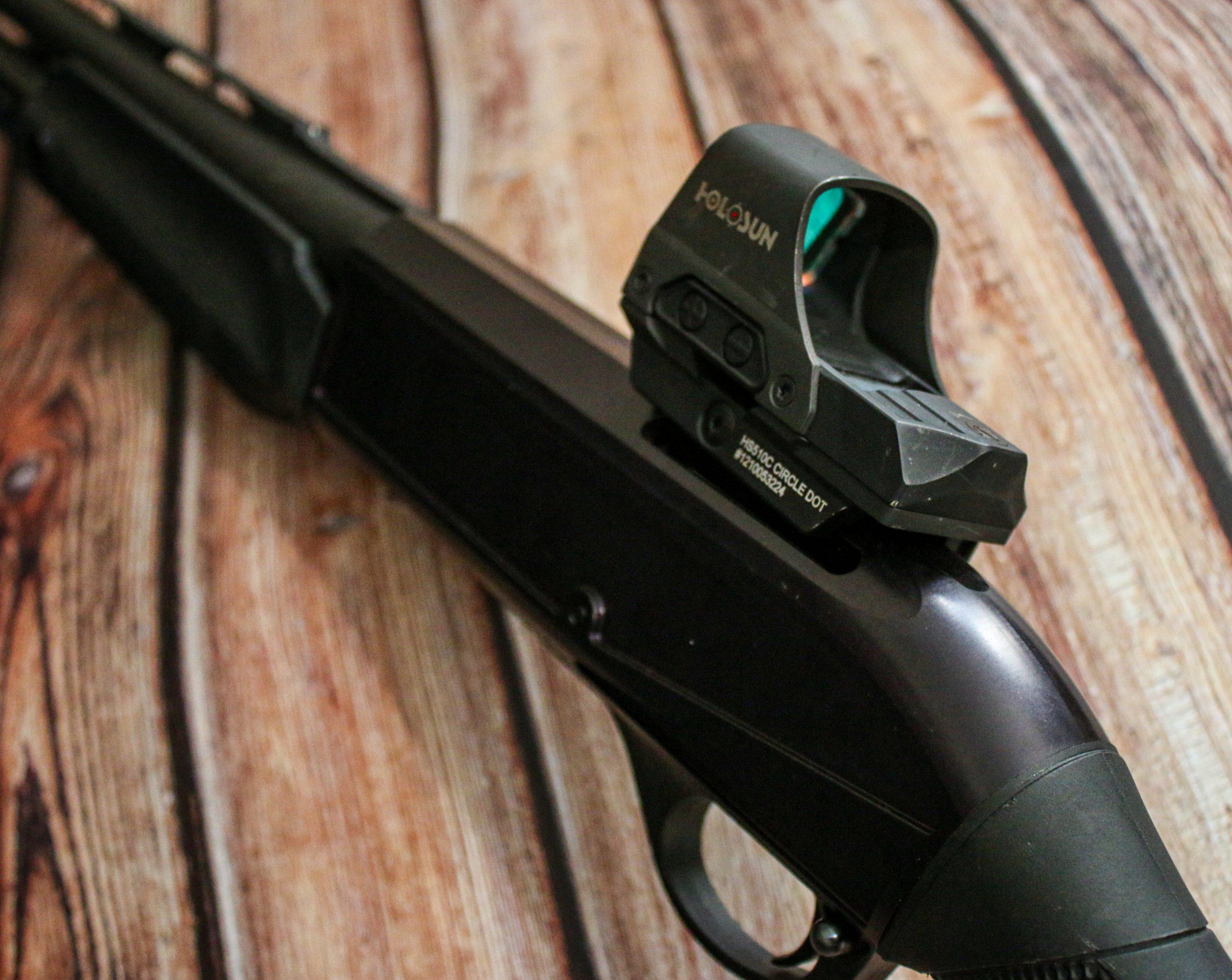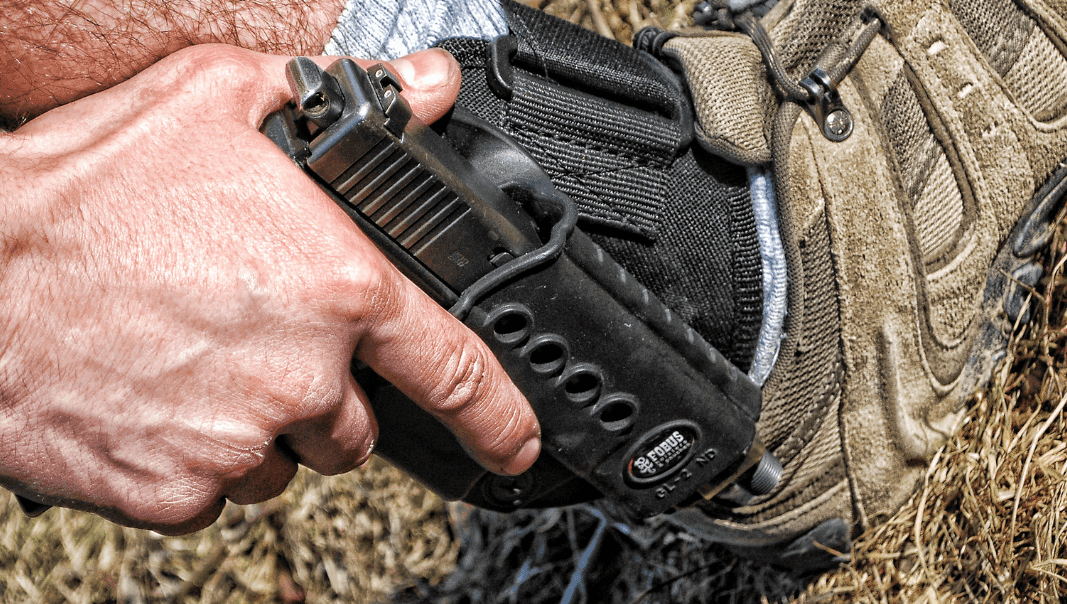Firearm Safety Tips
Written By
Michael Crites
Licensed Concealed Carry Holder
Reviewed by
Editorial Team
Learn About The Editorial Team
Share:
Products are selected by our editors. We may earn a commission on purchases from a link. How we select gear.
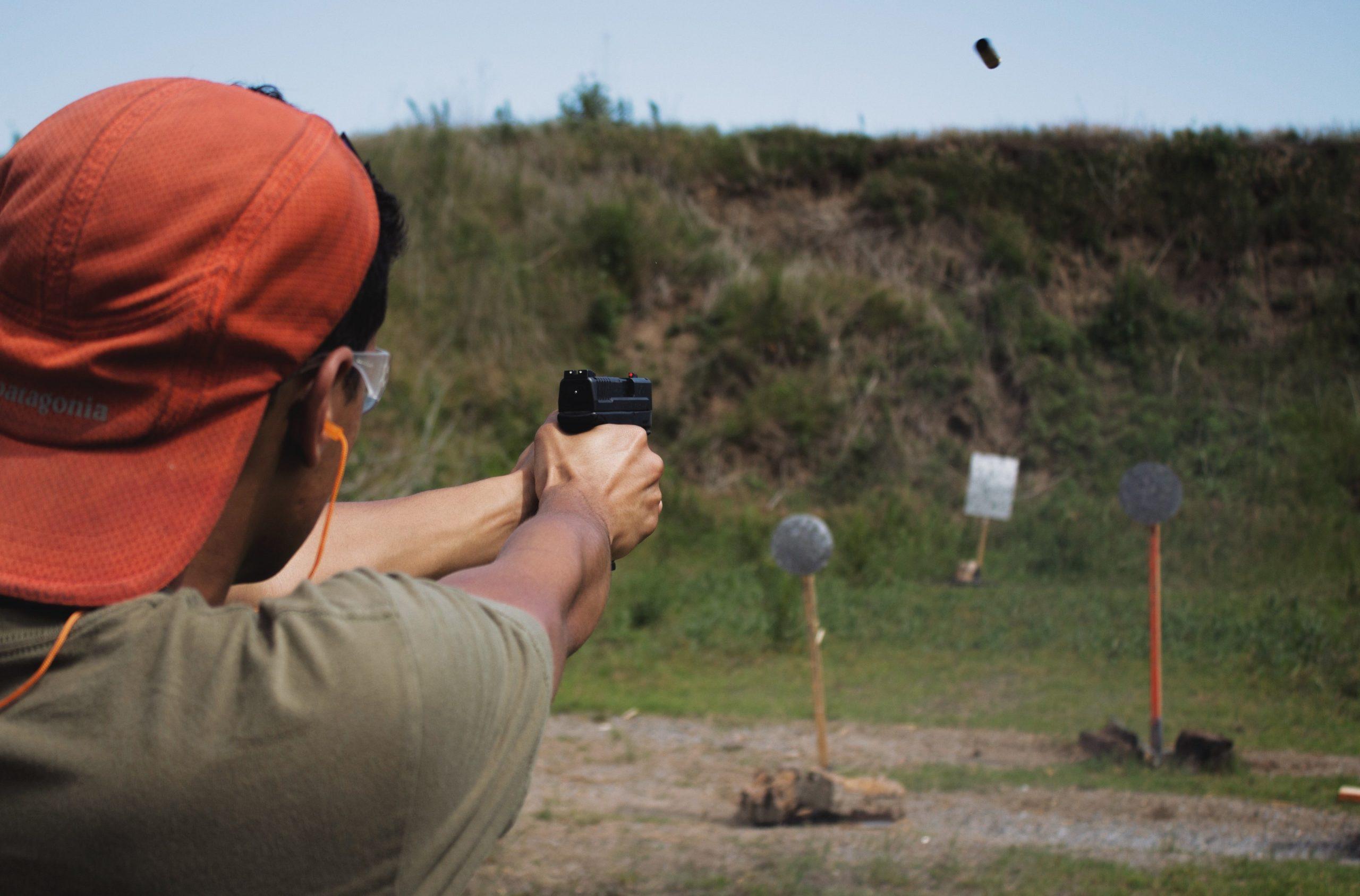
Updated
Jan 2023
If you decide to own a firearm, you must learn how to use it safely and store it in your home. Gun safety rules are important to learn to ensure that you and everyone around you are never in a position where you could be injured or killed by mistake.
This can easily be avoided by knowing and abiding by firearm safety rules.
Table of Contents
In This Article
The Six Basic Gun Safety Rules
It’s important for gun owners to understand and practice gun safety whether they are alone or with friends and family. There is no such thing as too careful when it comes to responsible gun ownership. For anybody considering buying and storing a gun, there are some basic (gun safety) rules you should be aware of and practice at all times:
- ALWAYS treat every gun as if it is loaded. Even if you’re sure it’s unloaded, treat it as if it could go off any time you handle a gun. Assume the gun is loaded even if someone tells you it’s not.
- ALWAYS point a gun in the safest possible direction and be aware of where it is pointing. A safe direction means that it is pointed away from anybody or anything that could be injured or damaged if the gun was accidentally discharged. It’s important that you never point a gun toward yourself or another person, only at your target.
- ALWAYS keep your finger off the trigger (called “indexed”) unless you’re ready to shoot. Your finger should be off the trigger and outside of the trigger guard, even if it feels more comfortable to rest your finger on the trigger. There’s always the potential that you could stumble or accidentally pull the trigger. Sudden noises and movements can also result in an accidental discharge, as humans have a tendency to tighten their muscles when they’re startled. Remember that the trigger is for firing and the handle is for handling.
- ALWAYS know your target and the general area surrounding it. Always be sure that the areas in front of, behind, and around your target are safe before shooting so that you will not hit anyone if your bullet misses or completely passes through the target. If you aren’t sure about your surroundings, don’t shoot, and never fire at a target that is only a movement, color, sound, or shape you can’t identify. Always be aware of the people around you before you shoot.
- ALWAYS know how to operate your gun before you try to shoot it. Not all guns are the same, so you should make a point to become thoroughly familiar with your gun and its mechanical characteristics, such as how to properly load and unload the gun and how to clear a malfunction. If you are unsure about anything, ask your firearms dealer or the gun’s manufacturer.
- ALWAYS store firearms safely prevent unauthorized use. Your guns and ammunition should always be stored in separate places and secured using a lock box, safe, or other secure storage option so that it cannot be used unless you or somebody you authorize personally takes it out for use.
Tips for Using or Storing a Firearm Safely
- Ensure the gun is safe to operate.
Just like other tools, guns need regular maintenance to remain operable. Regular cleaning and proper storage are a part of the gun’s general upkeep. If there is any question concerning a gun’s ability to function, a knowledgeable gunsmith should look at it. - Use only the correct ammunition for your gun.
Only BBs, pellets, cartridges or shells designed for a particular gun can be fired safely in that gun. Most guns have the ammunition type stamped on the barrel. Ammunition can be identified by information printed on the box and headstamp of the cartridge. Do not shoot the gun unless you know you have the proper ammunition. - Wear eye and ear protection as appropriate.
Guns are loud and then noise can cause hearing damage. They can also emit debris and hot gas that could cause eye injury. For these reasons, shooting glasses and hearing protectors should be worn by shooters and spectators. - Never use alcohol or over-the-counter, prescription or other drugs before or while shooting
Alcohol, as well as any other substance likely to impair normal mental or physical bodily functions, must not be used before or while handling or shooting guns. - Store guns so they are not accessible to unauthorized persons.
Many factors must be considered when deciding where and how to store guns. A person’s particular situation will be a major part of the consideration. Dozens of gun storage devices, as well as locking devices that attach directly to the gun, are available. However, mechanical locking devices, like the mechanical safeties built into guns, can fail and should not be used as a substitute for safe gun handling and the observance of all gun safety rules. If you own a gun be sure to store it in a gun safe, even if that’s a bedside safe, or budget gun safe. If you have a significant amount of ammunition around try storing it in safe made for storing ammo. - Be aware that certain types of guns and many shooting activities require additional safety precautions.
- Cleaning
Regular cleaning is important in order for your gun to operate correctly and safely. Taking proper care of it will also maintain its value and extend its life. Your gun should be cleaned every time that it is used. A gun brought out of prolonged storage should also be cleaned before shooting. Accumulated moisture and dirt, or solidified grease and oil, can prevent the gun from operating properly.
Children and Firearm Safety
Because of the popularity of firearms, children are likely to encounter guns in their lives. Many do so without parental supervision. Even if you do not own a gun, a child could come in contact with a gun at a neighbour’s house or when playing with friends. Children need to know what to do when exposed to firearms. Unfortunately, they develop the wrong ideas and impressions about firearms from what they view on television. Much of gun use on TV is inaccurate and untrue.
On television, firearms are handled with little safety in mind. Children often see movie stars who seem invulnerable to bullets. The viewing public never sees the tremendous damage a bullet can inflict. One shot can kill. Children need to understand the difference between pretend and real life.
Firearms come in all sizes and shapes. The words “gun”, “rifle”, “machine gun”, “shotgun” and “pistol” create various images among children. Children are curious about firearms and will seek them out naturally. They need to understand that a little gun is just as dangerous as a big gun. They also need to understand the difference between a toy gun such as a cap gun or squirt gun, and a real gun such as a pistol or shotgun.
Children should never handle firearms unless parents say it is all right and then do so only in the presence of a responsible adult. They should never “show and tell” firearms to friends. Children should be taught that if they find a gun or ammunition, they should immediately tell an adult or call the police. If they see someone handling a gun who is drunk or under the influence of drugs, they should leave and immediately call 9-1-1.
According to the National Rifle Association’s Eddie Eagle GunSafe® Program, if a child finds a gun in an unsupervised situation, they should:
1. STOP – DON’T TOUCH
2. LEAVE THE AREA
3. TELL AN ADULT
Children should be taught to never point any weapon, real or otherwise, at others. This includes BB guns, toy guns, water pistols, darts, toy bow and arrow sets, etc. They should not point a weapon at the TV set, pets, birds or other animals. They should never let someone point a gun at them and should leave if it happens.
Gunshots are not necessarily loud. If a child hears a “popping” sound, the sound of a firecracker, or what appears to be gunfire, they should not go outside to investigate. Do not assume everything is okay. Seek protection and notify the police. Adults who own firearms tend to hide them from their children. It becomes shrouded in secrecy. When children discover guns, they like to mimic what they see on television. They point and shoot. In some cases, a child too young to pull the trigger turns it around, points it at his face, and squeezes the trigger with his thumbs. Many guns are not equipped with a safety lock mechanism, increasing their danger.
Teach your child to shoot
Most kids are interested in guns. Parents should explain firearm use to their children, much like they would with matches – to remove the mystery surrounding it.
Why? Letting a child shoot a gun under adult supervision will teach him or her the immense power and danger of its use. A child will learn to respect firearms, not be misguided by what is seen on television. Children can be taught the basic rules of gun use, even with a pellet gun or a .22 caliber firearm, in a controlled setting.
Adults and Gun Safety
The essentials to proper firearm handling include knowing the basics of firearm safety, being able to void out distractions and being able to concentrate on sight alignment and trigger control. Gun use for self-protection must be a reflex – one brought about through constant practice. We cannot plan what do to in an emergency but we can train ourselves to react instinctively. Use a firearm you’re familiar and comfortable with, not one you cannot control. If you do not feel comfortable with firearms, avoid them, but if there is one in your home know the rules of safe handling.
According to firearms experts, one should not buy a gun immediately after being victimized in a crime. Citizens need to understand that “getting even” with a criminal is not a good reason for owning a firearm. Trying to get even after a crime means that the gun owner will be angry, frustrated, scared, and will be unsafe handling a firearm.
Adults who own guns need to be reminded of the basic rules of firearms and the safe storage of guns and ammunition. Guns are not intelligent; they are a piece of cold steel with the potential to inflict great bodily harm. A qualified gun handler is one who is well versed and trained in the fundamentals of firearms.
A firearm should never be left loaded and unattended.
Don’t store it loaded in the dresser drawer. This means that if one wants to keep a loaded gun at their bedside at night, it should be unloaded and put away in the morning in a locked cabinet or safe. If there are children in the house the firearm should be locked up in a safe or locked cabinet.
- Adults should treat all firearms as if they are loaded all the time, even if the action is open or the clip is empty.
- Don’t squeeze the trigger to see if it is loaded. This is the most common cause of unintentional gunshot wounds.
- One should never point the muzzle of a firearm at someone unless they intend to kill or
destroy. - Don’t let the muzzle inadvertently drop or point at others.
- Don’t handle firearms when under the influence of drugs or alcohol. This includes over-the-counter cough preparations and allergy medications.
- Don’t practice with a firearm if you feel ill, have a cold, or have an earache.
- Guns and ammunition should always be stored separately.
- Ammunition should be stored in a metal container, such as an ammo box. It should be kept in a cool, dry area with little temperature change. The garage is not a good location because of wide temperature fluctuations.
- National Rifle Association www.nra.com and the City of Phoenix www.phoenix.gov
Additional Safety Information
- Firearms Safety: Ten Rules of Safe Gun Handling
- Gun Safety for Parents
- Safe Kids: Gun Safety Tips
- Guns in the Home
- Gun Safety
- A Guide to Basic Gun Safety
- Gun Safety: Reducing Suicide Risk
- The Gun Safety Conversation
- Lock it Up: How to Help Keep Each Other Safe
- Firearms Safety Information
- Gun Safety for Kids and Teens
- Firearms Safety
- Parents’ Guide to Home Firearm Safety
- Seven Facts About Guns in the U.S.
- Nationwide Children’s Gun Safety
- Ten Tips for Firearms Safety in Your Home
- Gun Safety Rules Parents Must Teach Their Children
- The Four Basic Rules of Gun Safety
- Talking to Patients About Gun Safety
- Gun Safety and Your Health
- Firearms Safety and Security for Dealers
- Firearm Safety Tips
- National Child Safety Council Gun Safety Tips
- Commandments of Gun Safety
- Gun Safety: Prevention Tips for Parents
- Transporting Firearms and Ammunition
- Gun Safety for Kids
- Rules for Safe Marksmanship
- Shooting Safety Tips
- Parent Firearm Safety Checklist
More Learning Resources:
Sign up for our newsletter
Get discounts from top brands and our latest reviews!

